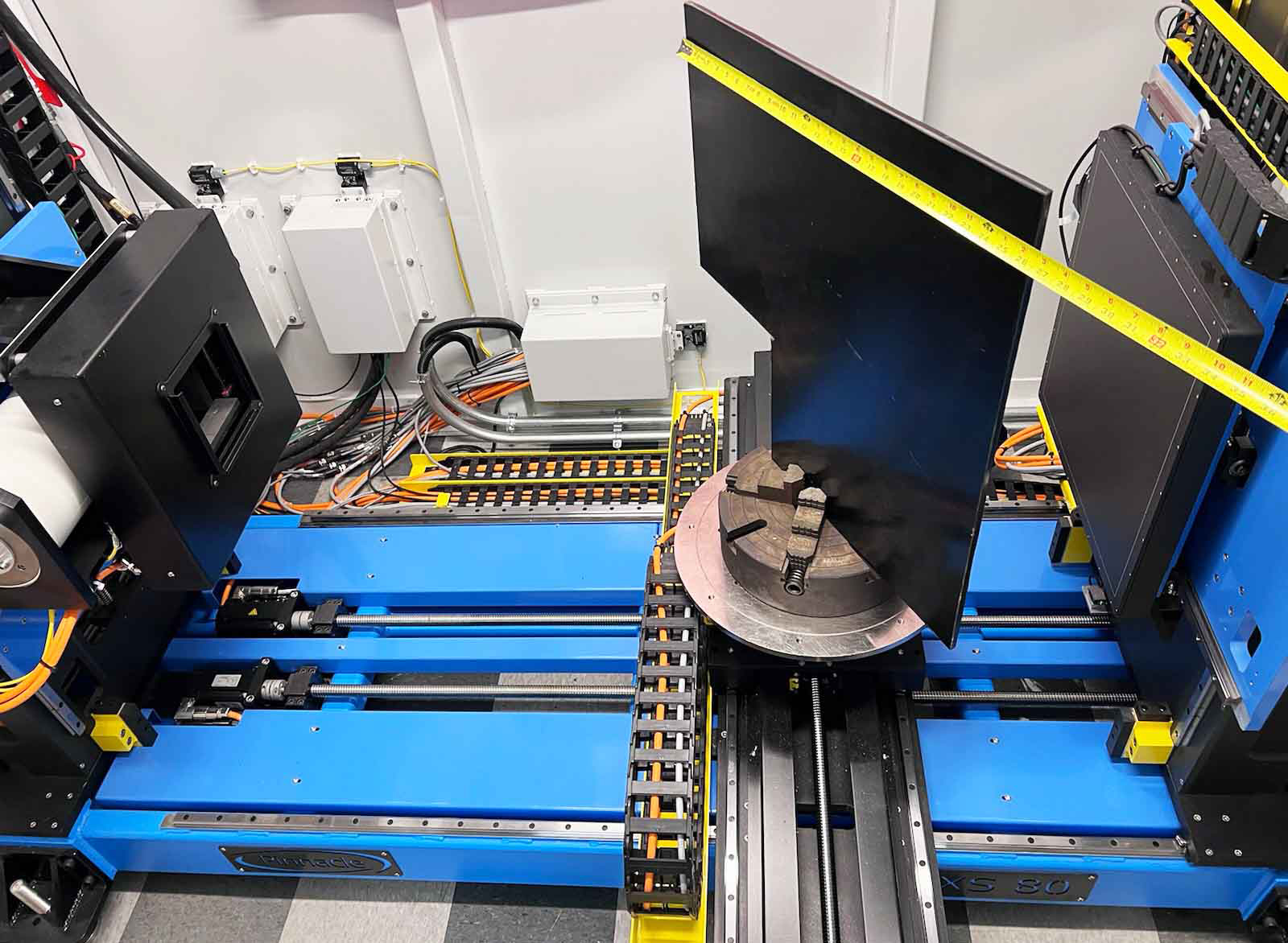Many times per week we’re asked, “Is X-ray or CT the correct inspection method for my project?” The answer, of course, isn’t always straightforward. This article will highlight some strengths and weaknesses of each method.
|
ADVERTISEMENT |
The subject for inspection is a carbon fiber board with inclusions throughout. The piece is very large at 26 in. x 26 in. Using X-ray to inspect it is fine, but with computed tomography (CT) it could prove difficult.

Fact-finding with focus scans
Because this project was intended for R&D and technique development, we were able to cut a section out of the sheet. This probably should have been done by professionals; we ended up running through five blades cutting through the armor-grade material.
The purpose of the small section is to acquire the best possible data to be used as a gauge for the more complex development. If we can understand what the material looks like at higher resolution, it will help inform our higher-energy, lower-resolution technique development.
…

Add new comment